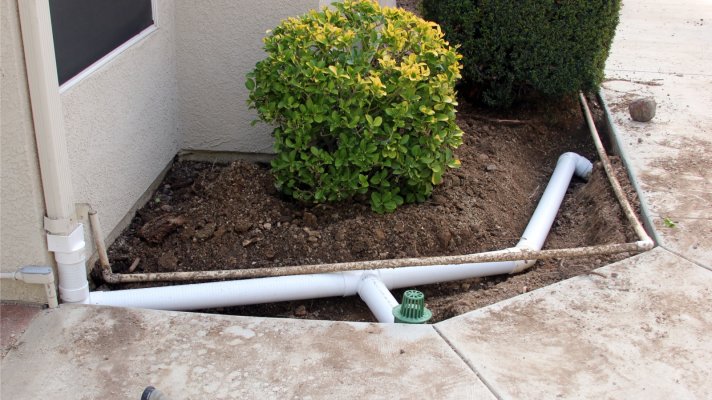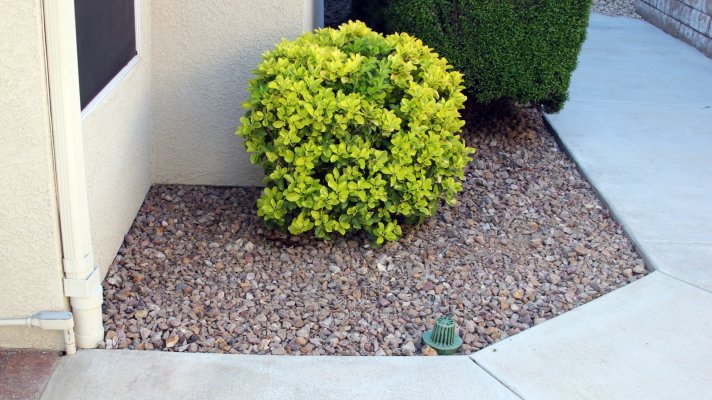Texas Proud
Give me a museum and I'll fill it. (Picasso) Give me a forum ...
- Joined
- May 16, 2005
- Messages
- 17,299
We are having our yard beautified with stones etc. One of the things I want is a drain for the back yard.
So, a simple question... should we have them install flex pipe or ridged?
I am worried that the flex pipe will keep water as it is not straight and we will have more mosquitoes.... but I have no idea and am starting my research....
Comments are welcome..
So, a simple question... should we have them install flex pipe or ridged?
I am worried that the flex pipe will keep water as it is not straight and we will have more mosquitoes.... but I have no idea and am starting my research....
Comments are welcome..


